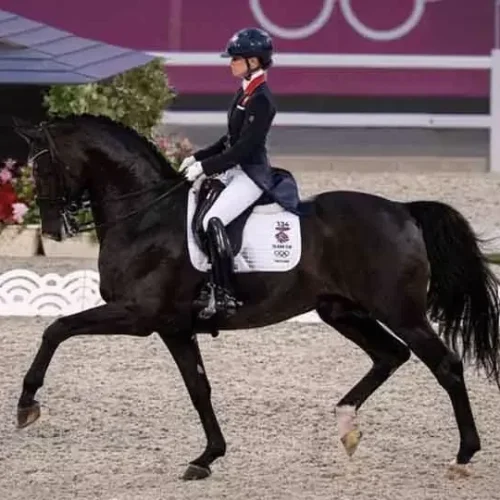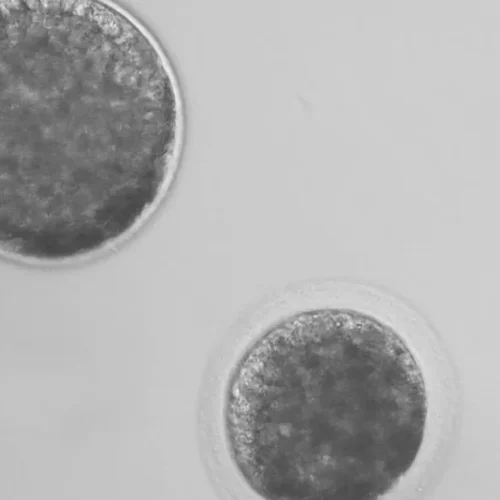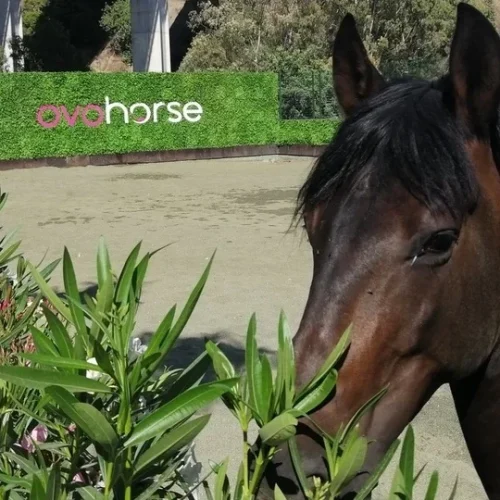Talking about cloning is a current topic and an increasingly demanded technique. That is why companies like Ovohorse & Ovoclone, specialized in equine reproduction and animal cloning, are becoming more prominent in society. Thanks to this process, it is possible to obtain a genetically identical replica of a specimen.
Undoubtedly, it is in the equestrian world where cloning is experiencing significant growth. For instance, it allows riders to mount clones of renowned horses at a much lower cost than purchasing the original, and gives owners the opportunity to keep their horse by selling its clones.
Ovohorse & Ovoclone is an expert in carrying out this genetic replication. The process consists of taking the nucleus from a somatic cell of the specimen to be cloned (the donor) and transferring it into a recipient egg without a nucleus. This technique is called somatic cell nuclear transfer (SCNT).
Proof that a cloned horse can be as good as the original is the victory of the stallion “Otterongo Alpha Z”, a 9-year-old KWPN who won the CSI5*-W 1.55m Grand Prix in Riyadh, Saudi Arabia. The original horse, “Otterongo Van de Kopshoeve”, had a remarkable sporting career, including a 4th place at the Sydney Olympics in 2000.
How Is a Horse Cloned?
To perform cloning (not only in horses but in all mammals), adult somatic cells are used, such as skin cells, fat tissue cells, or those derived from bone marrow. This has always been a highly interesting field of research, especially since the creation of “Dolly”, the famous cloned sheep.
However, studies in this field still have a long way to go, because even though all horse cells essentially share the same DNA (except gametes), different factors influence the efficiency of the cloning process, such as epigenetics (gene expression depending on the environment), the donor animal’s age and health, and the ease of cultivating and preserving these cells.
The Selection of the Donor Cell Is Vital for Cloning Success
As mentioned, the donor cell comes from the specimen to be cloned, i.e., it is the genetic material to be replicated. In theory, any cell with the correct chromosomes (horses have 64 chromosomes) can be used as a donor cell. However, it is common to use cells from body areas that do not jeopardize the animal’s health at the time of extraction. Therefore, skin-derived cells, called fibroblasts, are typically used.

Preservation of Cell Lines
Once the cells have been obtained, they can be frozen. If the procedure is done correctly, the cells can be preserved indefinitely. This allows for the preservation of the animal’s cell line and the creation of genetic banks to store these lines.
Ovohorse & Ovoclone is committed to preserving cell lines of valuable mares and stallions in order to maintain their cellular qualities intact until the moment cloning is decided. It is important to understand that genetic preservation should be done while the animals are alive and healthy, whereas the decision to clone can be made in the future.







